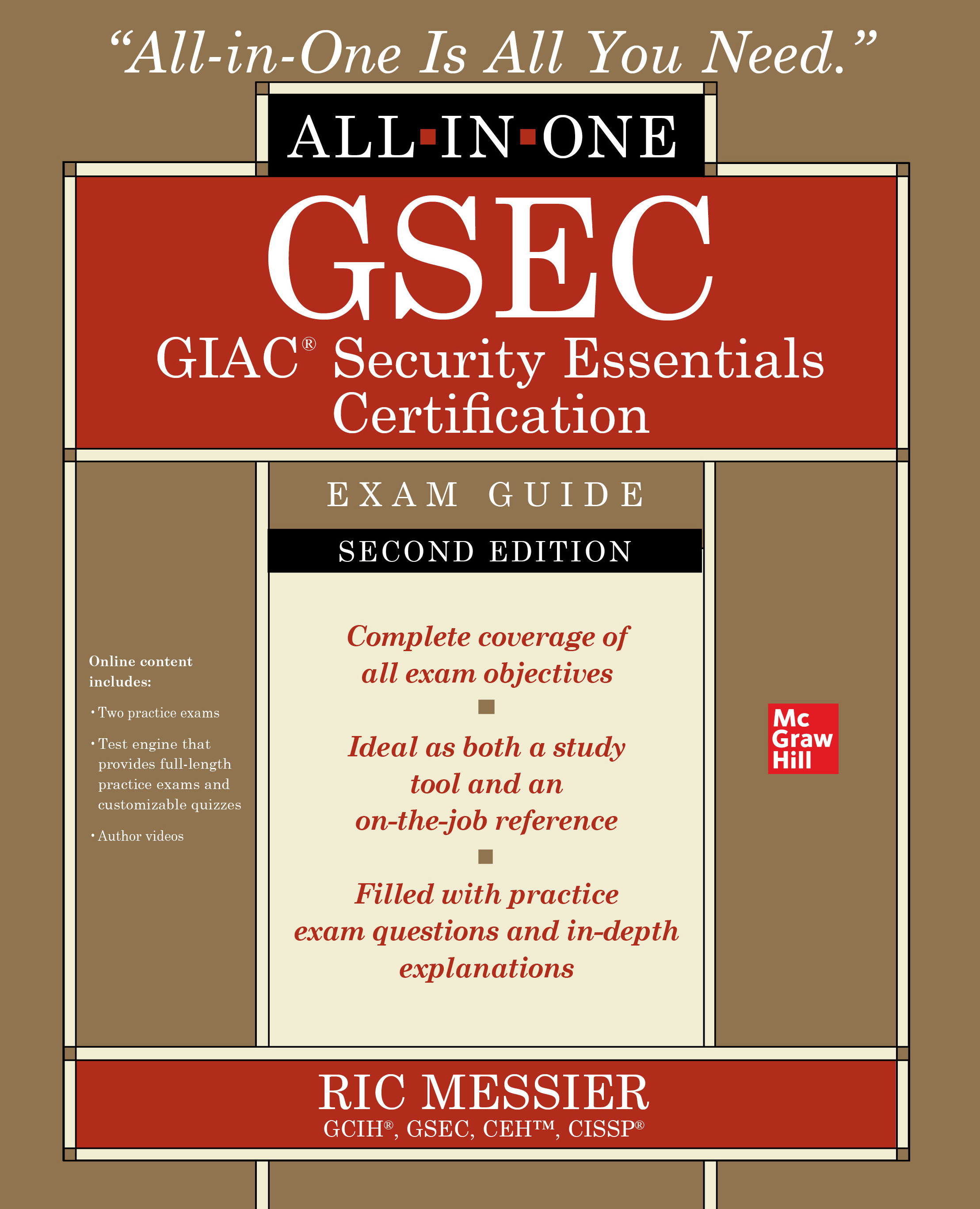Formation flying has been practiced since World War I for strategic, safety and tactical reasons. According to the Encyclopedia Britannica, formation flying is defined as “two or more aircraft traveling and maneuvering together in a disciplined, synchronized, pre-determined manner.” The history of this form of flying had its beginnings with fighter aircraft escorting reconnaissance aircraft. Fighter squadrons soon discovered that flying and fighting pairs reduced losses and increased wins.
Senior leaders may be called in to perform some virtual formation flying when asked by sales people to meet with a customer together. Or when you have a team selling situation, multiple roles from your organization may also be involved. Whatever the situation, in a customer-facing meeting, it is important that every member of the team have a pre-determined, agreed upon, and established role. This is critical for your communication and presentation strategy.
Just as each member of a formation flying squadron must practice highly disciplined maneuvers involving signals, calls and flight positions; they do so only after participating in a formation briefing by the flight leader. In essence, this is what your team should be doing prior to any customer meeting or presentation. Practice what each role will be expected to contribute and when they will be called up to present their information. In formation flying, there is a lead pilot who is responsible for the safety and navigation of the formation, while the wing pilots are responsible for maintaining their positions relative to the lead aircraft.
So who is appointed the flight leader? The flight leader is responsible for overseeing the planning of the flight/mission, choosing the wing pilots, verifying their credentials and currency, conducting the briefing/debriefing and training new formation pilots. In the critical pre-flight briefing, they also confirm and coordinate the communication strategy for the mission. I had to wonder, who is appointed the flight leader? Does rank ever take precedence over pure experience? I asked a pilot friend of mine whether the flight leader is chosen based on experience or rank. He responded “mission planning dictates.”
In an important customer-facing sales presentation, who should assume the role of “flight leader?” Does rank ever take precedent over experience, or as my friend shared, does “mission planning dictate?”
The person responsible for managing the day-to-day activity and relationships on the account, the account executive, may very well be the most knowledgeable and experienced person on the team in dealing with the client.
In some instances, you may decide as a team that the senior leader should play more of a wing pilot role in the customer-facing meeting. Why would this be a smart strategy?
First of all, this tactic could help to maintain the position of the account executive as the primary contact and team lead for the account. Just as the flight leader is responsible for navigation, radio calls and tactical decisions, it’s incumbent upon the experienced account executive to call up the necessary resources, and to inform and educate the account team on the competitive, economic and technological shifts affecting needs, motivations and political maneuvering in the customer’s environment. The senior leader clears the path for the account executive to make things happen for the customer and provides access to resources that may require higher-level approvals.
Confusing these roles in front of the customer could result in crossfire communications, unnecessarily subordinating the account executive and creating a frustrating scenario where the senior manager starts fielding calls that should have been directed to the account executive. Either way, this is not good for the account team or the customer team in the business of getting things done.
A second rationale behind positioning the senior as wing is to help to foster a higher-level alliance between the senior leaders from both sides, as well as keeping them out of the throes of the day-to-day. Just as formation flying had its beginnings with the fighter aircraft accompanying the reconnaissance plane, the senior leader can be gathering strategic intelligence at a higher level while the account manager carries on the day-to-day tactical strategy. It is often true that certain kinds of strategically significant information are only shared between leaders of “like” level. You’re also providing a deep and wide layer of protection against possible competitive penetration.
The lead pilot is in essence channeling the efforts of many into one and responsible for not misguiding the unit. Wing pilots must maintain their position in relation to the lead, otherwise disastrous consequences result. Just as any pilot with an ounce of sense would never fly wing with a lead who is not more experienced and qualified than they are, it goes without saying that not every account executive is competent or knowledgeable enough to assume the lead position. Showing up for meetings with clients without a predetermined plan including roles, responsibilities and communication strategy could be just as fatal as a squadron attempting formation maneuvers without a proper briefing or attempting to follow an unqualified lead. An example of this would be cookie cutter technical demos, or worse, demos featuring scenarios and applications from an unrelated vertical that leaves the customer thinking “these guys don’t get me or my business.” Crash.
It is the senior’s job to be sure that the right person is in the lead, even if that means that they themselves are assuming the wing on this particular mission. And those talented folks who wear many hats in service to your customer, e.g., sales, technical and project management, as with formation flying, this takes great eye-hand coordination. It is even more important that senior managers provide that extra set of hands and eyes at a higher level where it counts. If you are a senior manager, it is helpful to ask your multi-tasking superstars where you can lend a hand to clear some debris for them on the runway. Encouraging honest feedback here builds trust, teamwork, creates a more efficient process and stronger sense of resource allocation in the eyes of the customer.
Formation flying requires a high degree of discipline, skill and practice. Those pilots who engage in this art find it immensely challenging, rewarding and fun.
A well-executed sales effort can be equally satisfying, as the team delivers a powerful and compelling synchronous strike and brings home the win. Now that is mission integrity.
About the Author: Barbara Shaw, CPLP, is Director of Education at PSA Security Network.






